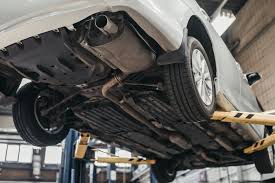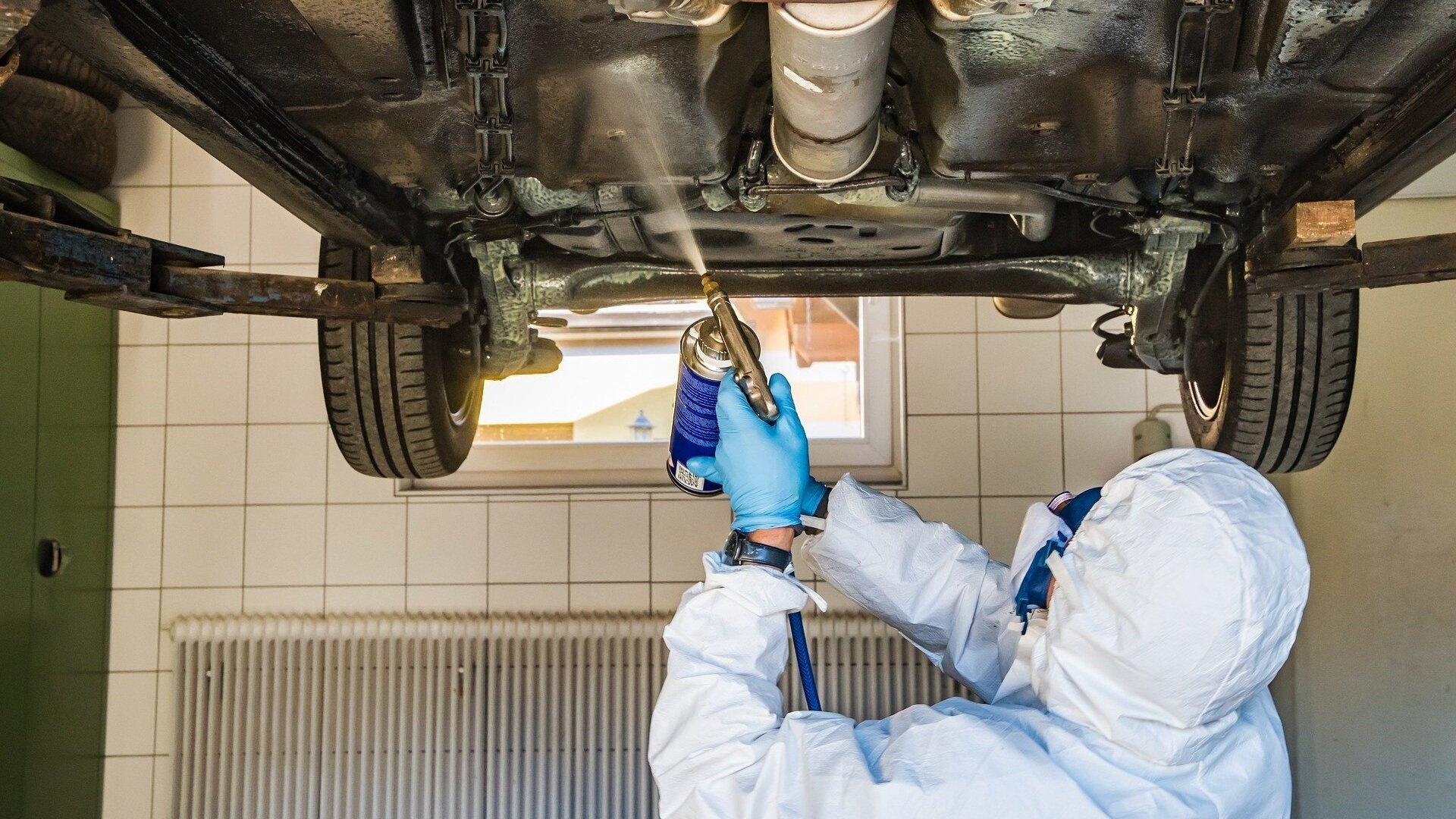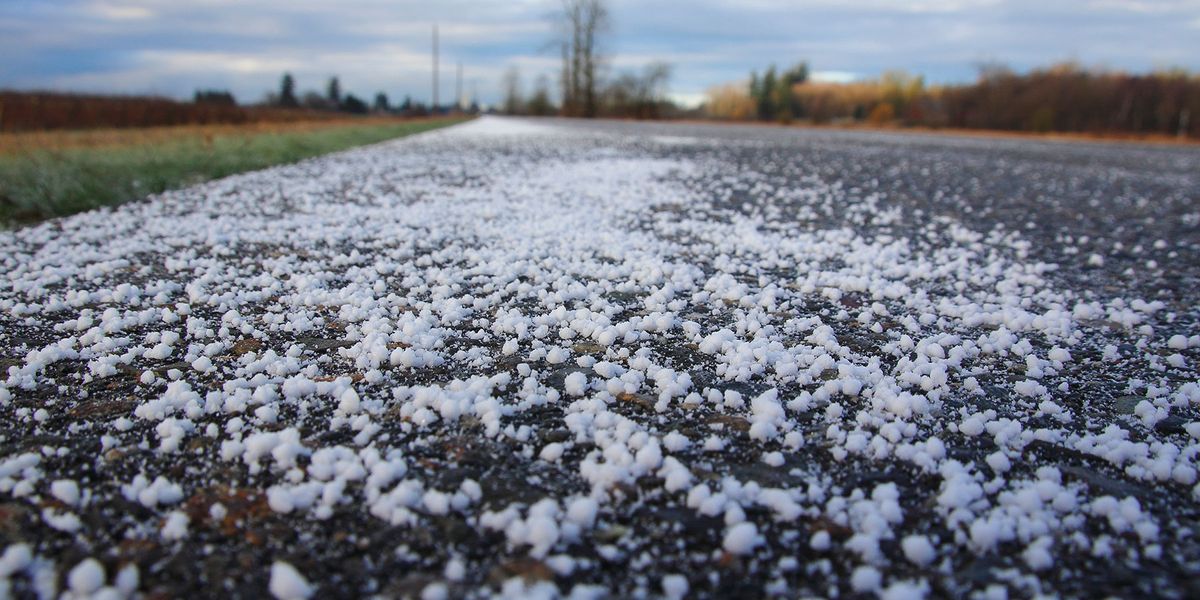How Undercoating Protects Your Vehicle from Road Salt: A Comprehensive Guide
Winter brings with it a beautiful, chilly charm, but it also introduces a less desirable companion: road salt. While road salt is essential for maintaining road safety during snowy and icy conditions, it can be a major threat to your vehicle’s longevity. This is where undercoating steps in as your vehicle’s best defense. But how exactly does undercoating protect your car from the corrosive effects of road salt? Let’s break it down.
What Is Undercoating?
Undercoating is a protective layer applied to the underside of a vehicle, usually made of tar-based, rubberized, or waxy materials. It serves as a shield for critical parts of your vehicle that are most exposed to the elements, including the chassis, frame, and undercarriage components. Undercoating can either be applied as a factory coating or as an aftermarket service.
The Problem: Road Salt and Its Impact on Vehicles
Road salt is typically used in winter to melt snow and ice, improving road traction and reducing accidents. However, when road salt mixes with moisture from rain, snow, or slush, it forms a corrosive brine that can accelerate the rusting process, especially in areas where the salt lingers for extended periods.
The area’s most vulnerable to this corrosion are the undercarriage, wheel wells, and frame of your vehicle, as they come into direct contact with the salty road spray. Over time, this corrosion can lead to several issues, including:
- Rust formation: When Road salt is left unchecked, it can eat away at the metal, leading to rust and degradation of important structural components.
- Weakened structural integrity: Rust can compromise the integrity of key parts like the frame and suspension, potentially affecting the safety and performance of your vehicle.
- Damage to paint and body panels: Salt can slowly chip away at the paint and underbody coating, causing cosmetic damage that could also lead to more serious issues down the line.
How Does Undercoating Protect Against Road Salt?
Undercoating serves as a barrier between your vehicle’s metal parts and the harmful effects of road salt. Here’s how it works:
- Prevents Direct Contact with Salt: Undercoating creates a tough, waterproof barrier that prevents road salt from coming into direct contact with the metal components underneath your vehicle. This helps stop salt from seeping into crevices where it can lead to rust and corrosion.
- Water Repellent Properties: Many undercoating products are formulated to be water-resistant, which is especially important in winter when the combination of road salt and water creates the perfect environment for rust to form.
- Long-Term Durability: A well-applied undercoating can last for several years, protecting your vehicle through multiple harsh winters. Even if some areas of the coating wear down over time, most of the undercarriage remains coated which helps minimize the damage done by road salt exposure.
- Rust Prevention on Hard-to-Reach Areas: Certain parts of your vehicle, like the inner wheel wells and the frame, are difficult to reach when cleaning or maintaining your car. Road salt can easily accumulate in these hidden areas, leading to rust. Undercoating ensures that even these hard-to-reach areas are shielded from salt and moisture, reducing the likelihood of rust formation.
Is Undercoating Worth It?
For those living in areas where winters are harsh and road salt is frequently used, undercoating is a worthwhile investment. The cost of applying undercoating is relatively low compared to the potential costs of rust repairs or replacing vital vehicle parts. Not only will it preserve your car’s structural integrity, but it can also maintain its resale value by preventing unsightly rust spots that can lower the car’s appeal.
If you haven’t had undercoating applied to your vehicle, it might be time to consider it. Your car will thank you for the added protection — and you’ll save money on repairs in the long run!


